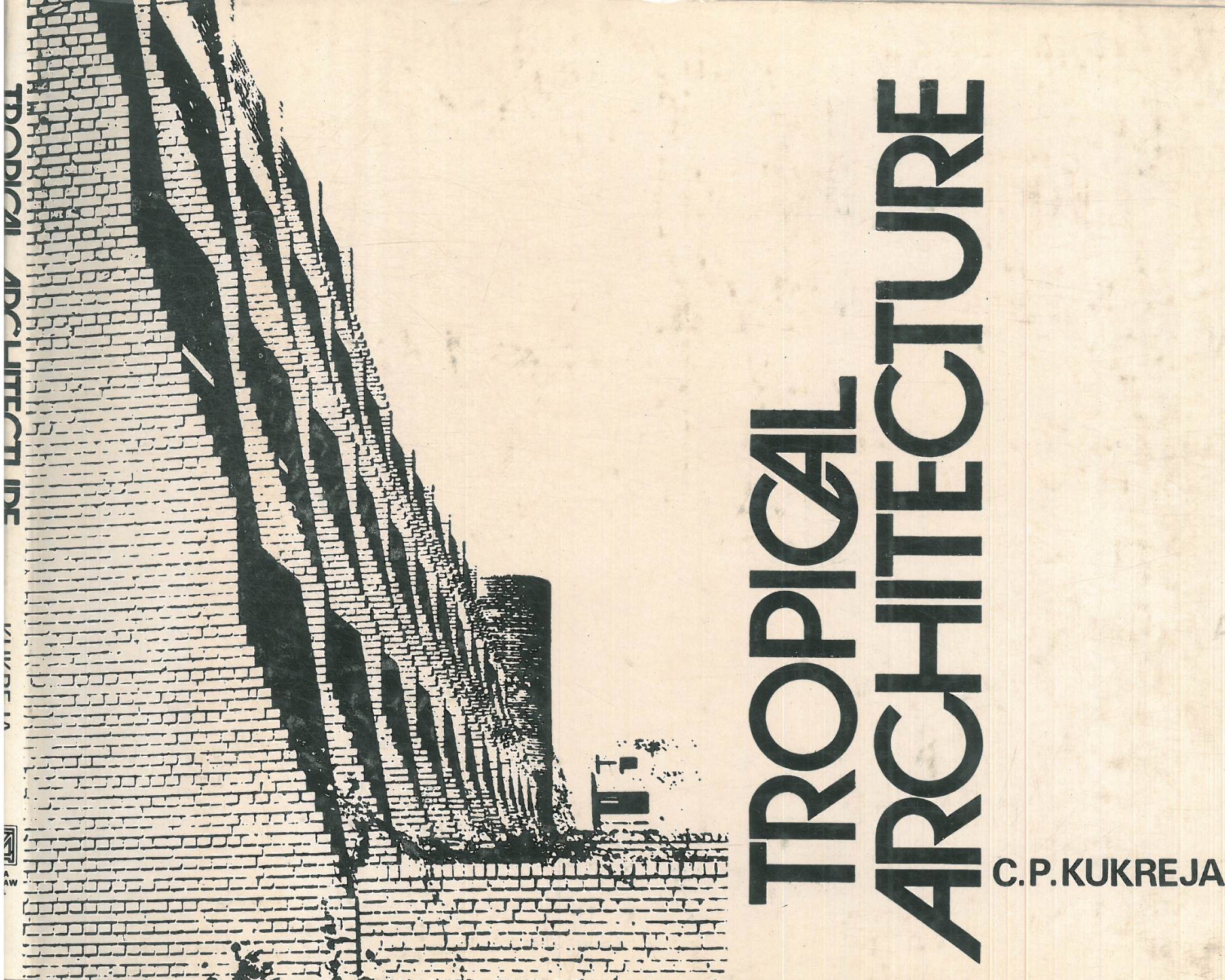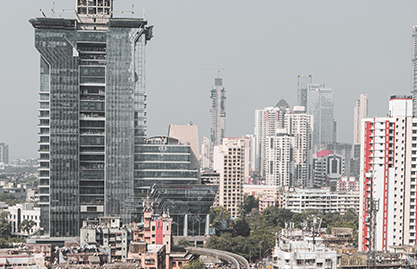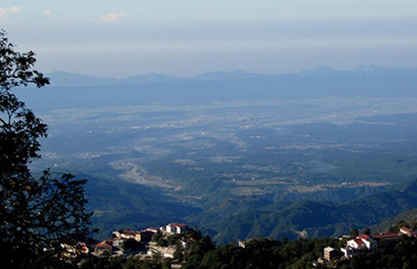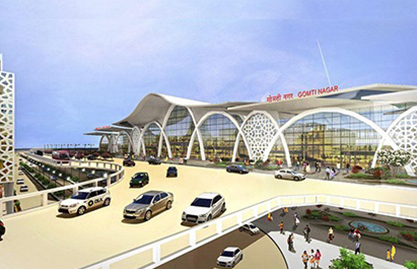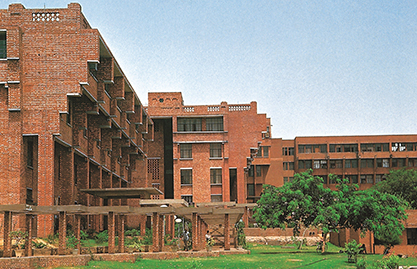5 Development Models for Creating Sustainable Cities
We live in a time of rapid urbanisation and a continuously growing population. According to the UN World Urbanisation Prospects, it is estimated that over 67% of the global population will be living in cities by the year 2050. The last few decades have seen most cities in the world responding to the surging population by adopting western urban planning models. It has especially been the case with South Asian cities wherein gridiron urban developments with segregated land use zones sprang. Most of these cities are centred around cars rather than people. The growth of cities in this manner has caused uncontrolled urban sprawls and high dependence on personal vehicles as a primary mode of transport due to disparity in living costs around supposed ‘downtowns’. The increased travel distances, traffic congestion, environmental pollution, the continuing strain on natural resources, and worsening inequalities have adversely affected citizens’ well-being and the general health of cities.
The hour has struck when urban planners, designers, and policymakers must take strides toward creating cities centred around people and responsive to the environment. We are looking at five possible approaches to development that can guide our cities toward a more sustainable future:
1. 15-Minute Cities
A 15-minute city provides the inhabitants with many of their daily needs, like workplaces, schools, grocery stores or restaurants, within a short walking or cycling distance from their residences. Unlike cities with segregated land use planning, this model helps people save time and resources by avoiding lengthy travels. A 15-minute city consists of multiple nuclei in the form of self-sufficient neighbourhoods. Such neighbourhood units can be inter-connected through green public spaces and efficient public transit.
2. Adaptive Reuse and Urban Retrofitting
During the COVID-19 pandemic, many unused and abandoned buildings served as emergency hospitals. Retrofitting and reusing such structures, instead of demolishing and destroying them, is a sustainable alternative even after the pandemic. Abandoned buildings can be retrofitted for a new purpose with the help of the various technological resources available today. Such buildings can be repurposed into socio-cultural spaces, such as museums, art galleries, libraries, or community centres, which can add value to the lives of the local residents.
3. Shared Use of Amenities
Many buildings are operational for a limited period during the day. Shared use of amenities means that such infrastructure developed for a specific purpose for one user group is used for the same or different purpose by another user group at some other time. For example, school playgrounds serve no purpose beyond school hours. However, in the evenings, these playgrounds can be opened up to nearby residents, who can use them for playing, relaxation or other recreational activities. In this manner, it can become a critical piece of the neighbourhood’s social fabric.
4. Vertical Cities
The worldwide surge in population has led to a dearth of land for development. Developing cities can tackle this problem by creating high-rise, mixed-use neighbourhoods. Vertical neighbourhoods include everything from housing to offices to shopping zones within one tall building. This clears up space on the ground level to be used by people and nature.
For instance, our upcoming project East Delhi Hub in Karkardooma, New Delhi, comprises high-rise vertical neighbourhoods that will free up considerable space on the ground. This open expanse will be developed as a green public sphere, allowing people to connect with nature and each other.
5. Transit-Oriented Development
Transit-oriented developments are compact, walkable, mixed-use neighbourhoods connected to other parts of the city via high-speed transit networks. Cyclists and pedestrians can access this high-density network of transit corridors through strategically placed terminals. One of the most significant benefits of TOD is a decreased reliance on personal motorised vehicles for short-distance and long-distance travel.
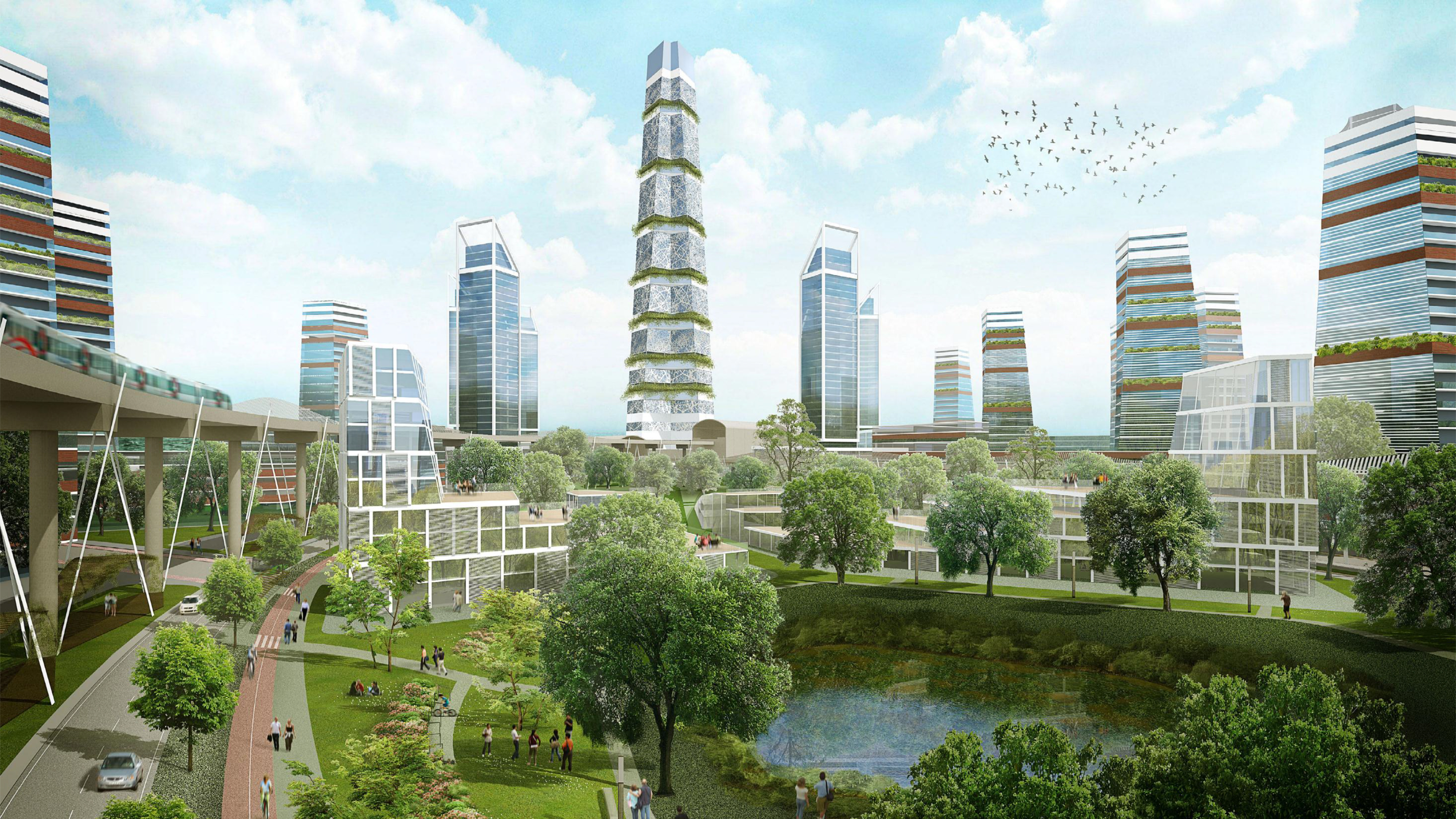
East Delhi Hub envisioned as a Transit-oriented district with vertical development, Designed in association with IDOM, Spain
Every city has its unique challenges and needs, yet, development models like the ones mentioned above can serve as blueprints and inform policy-level interventions. These policies can be instrumental in balancing short-term and long-term city planning goals and encourage collaborations between various stakeholders, citizens, and the city itself, to facilitate sustainable planning and development interventions.



